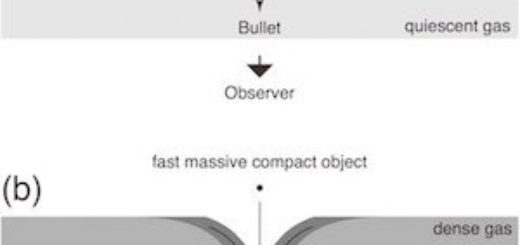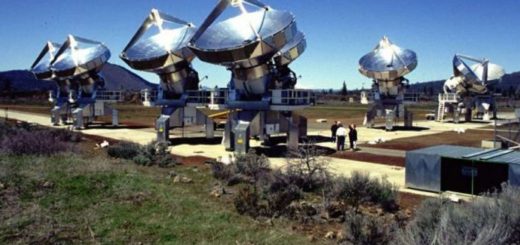Large Hadron Having a Smashing Good Time in 2016

The world’s most famous particle accelerator is smack in the midst of its second research run. The Large Hadron Collider first came online nearly eight years ago and has been operating at a fraction of its full capability. Even so, LHC researchers were able to confirm the existence of a previously hypothetical particle: the Higgs boson, a particle that explains why matter has mass.
Now, the LHC is operating at much higher energy levels than the first run of experiments. In its previous run, the LHC had a cap of 8 trillion electron volts (aka 8 teraelectron volts or 8 TeVs). How much energy is that? A flying mosquito has the energy of about 1 TeV.
In 2015 and 2016 though, the LHC has been operating at energy levels of up to 13 TeVs. Take that, mosquitoes! The energy might sound small, but remember that the subatomic particles zipping around the accelerator are millions of times tinier than a mosquito. The energy density of the work being done at LHC is phenomenal.
So what are the researchers hunting for now? They hope that the higher-energy collisions will reveal new particles, including ones we can’t anticipate. In December 2015, data from two of the detectors (ATLAS and CMS) gave physicists the idea that they might be hot on the trail of a new particle, but additional data has recently proven that’s not the case. Bummer!
Researchers also hope that the reactions will give us insight into the mysterious world of dark energy and dark matter. That’s the stuff that we think makes up the majority of mass in the universe and yet we’ve never found a way to observe it.
There’s even an outside chance that the LHC could clue us in to other dimensions or parallel universes. A lot of science fiction authors are paying attention. After all, their work might go from fictional novel to textbook overnight.
This is a really exciting time for me. I wrote How the Large Hadron Collider Works several years ago. At that time, the LHC was gearing up for test runs. It was the most complicated machine humans had ever designed.
Since I wrote that article, the LHC has had its ups and downs. The enormous facility, which is underground and spans the border between France and Switzerland, has had a lot of downtime. Some of that is planned — the electricity to power the facility is more expensive in the winter, so the LHC takes a holiday break every year. Some of the downtime wasn’t planned but happened because of unforeseen situations (such as a weasel chewing through a power cable).
Barring any more attacks from Mother Nature (don’t forget the possibly-apocryphal story of a bird sabotaging the LHC with a baguette), we are poised to get a deeper understanding of the universe. And who knows what questions we might think to ask next?



 Creators of mankind
Creators of mankind Description of “Tall white aliens”
Description of “Tall white aliens” Where they came from?
Where they came from? About hostile civilizations
About hostile civilizations The war for the Earth
The war for the Earth “Tall white aliens” about eternal life
“Tall white aliens” about eternal life Video: “Nordic aliens”
Video: “Nordic aliens” Aliens
Aliens Alien encounters
Alien encounters The aliens base
The aliens base UFO
UFO Technology UFO
Technology UFO Underground civilization
Underground civilization Ancient alien artifacts
Ancient alien artifacts Military and UFO
Military and UFO Mysteries and hypotheses
Mysteries and hypotheses Scientific facts
Scientific facts


















